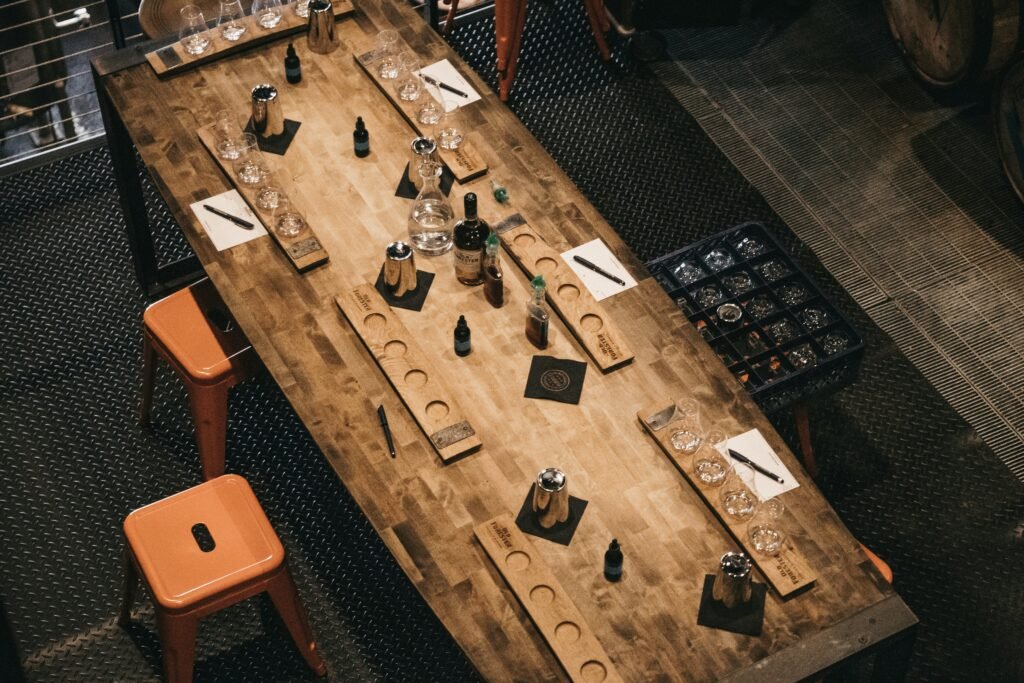The Art of Choosing Diverse Coffee Varieties
Choosing the right coffee variety can significantly enhance your coffee experience, allowing you to explore its rich diversity of flavors. One of the first considerations is the distinction between single-origin coffees and blends. Single-origin coffees are sourced from a specific region or farm, often exhibiting unique flavor notes that reflect their geographical and climatic conditions. In contrast, blends combine various beans to create a balanced flavor profile, offering complexity that can appeal to a broader range of tastes.
Flavor profiles also play a crucial role in your selection process. Each coffee variety possesses distinct tasting notes, which can range from fruity and floral to earthy and nutty. Consider exploring coffees from regions such as Ethiopia, renowned for its fruity and floral notes, or Guatemala, known for its chocolatey undertones. Familiarizing yourself with the characteristics of different coffee varieties can guide you in expanding your palette.
Another important aspect that affects flavor is the roast level. Coffees can be categorized as light, medium, or dark roasted, each offering varying taste experiences. Light roasts tend to retain more of the bean’s original flavor and acidity, while dark roasts introduce rich, robust flavors. Understanding these roasting differences can assist you in selecting coffees that align with your preferences.
When venturing into coffee tasting sessions, employing the right brewing methods is essential. Techniques such as pour-over or French press can affect how flavor notes are extracted. Additionally, take time to savor each sip, allowing the full spectrum of flavors to unfold. As you embark on your coffee journey, embrace the opportunity to experiment with diverse varieties. This approach not only enriches your coffee collection but also cultivates an appreciation for the myriad of flavors that coffee has to offer.
Creating a Personalized Coffee Tasting Experience
Embarking on a personalized coffee tasting experience at home can be both an exciting and educational journey. To initiate this exploration, it is essential to create an inviting and conducive tasting environment. Find a quiet space, ideally with natural light, where distractions are minimal. Utilize a clean table and gather essential tools, such as a coffee grinder, your preferred brewing method, and tasting cups. A well-designed setup will enhance the overall experience.
Choosing a diverse selection of coffee is crucial in highlighting the various flavors available. Select different beans from various regions, such as Ethiopia, Colombia, and Brazil. This selection will allow for an exploration of fruity, nutty, and chocolatey notes. Aim to incorporate varied roast levels—light, medium, and dark—that showcase the coffee’s inherent characteristics. For the tasting, brew each coffee separately to ensure that its individual profile shines through.
Preparation methods can significantly influence the flavor profile of the coffee, so it’s vital to adhere to specific techniques. Whether you opt for pour-over, French press, or espresso, ensure the water temperature and brewing time are optimal for preserving distinct flavors. Experimentation may be key in discovering your preferences, as slight variations can lead to different taste experiences.
Pairing complementary snacks or desserts can elevate your coffee tasting. Experiment with dark chocolate, almond biscotti, or fresh fruit to enhance the aromatic profile and flavor notes of the coffee. During your tasting, make it a point to record your impressions in a notebook. Documenting tasting notes will not only foster reflection on your experience but can also serve as a valuable reference for future tastings. Sharing these notes on social media or with friends can further enrich your coffee journey and inspire others to indulge in similar adventures.
